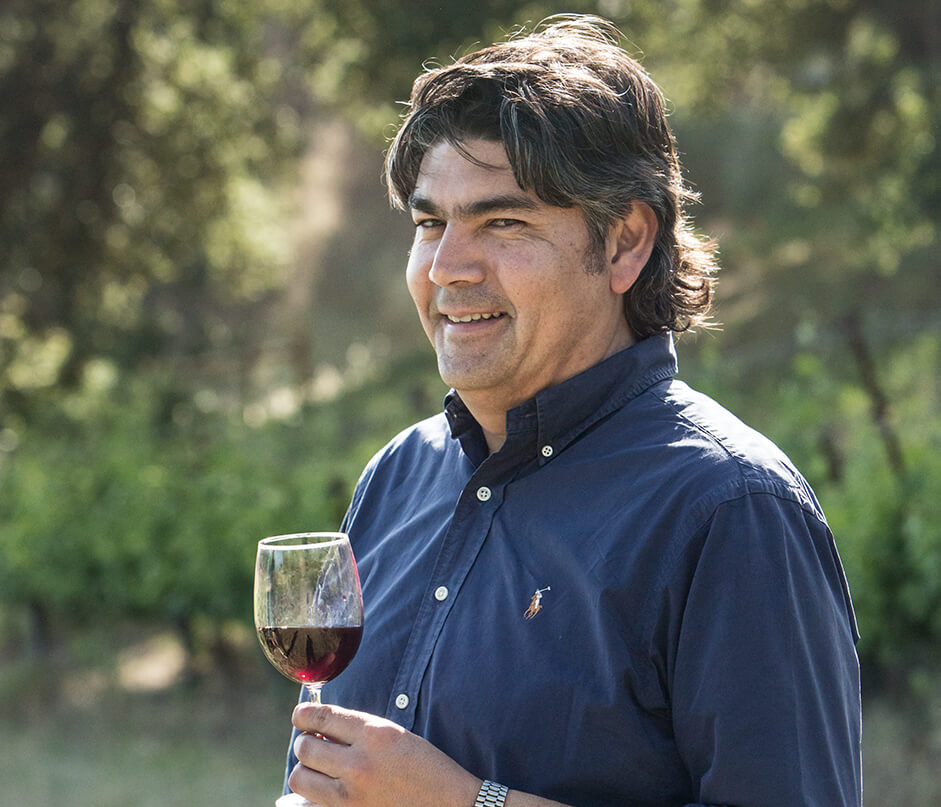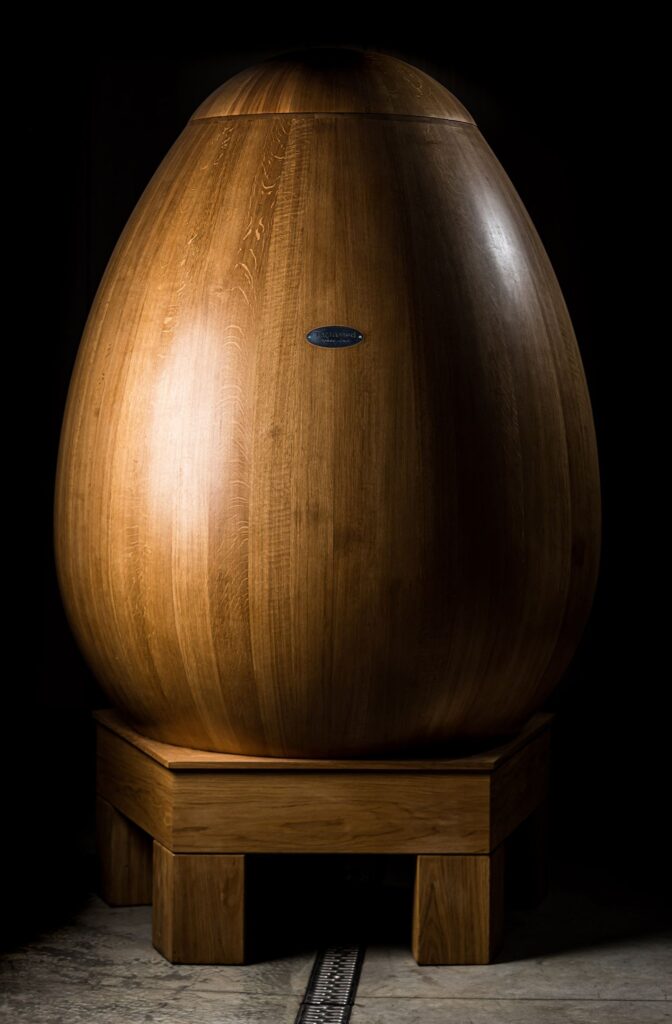Choosing the vessel in which your wine ferments is neither rocket science nor brain surgery, but an understanding of finite mathematics and an appreciation for fine art can come in handy.
Mira Winery co-founder and winemaker Gustavo Gonzales — a self-described math and art nerd — said his affinity for both contributed to his decision to buy the first egg-shaped French Oak wine fermentation tank being used to make wine in the United States.
Gonzales purchased the “Ovum” at French cooperage Tonnellerie Taransaud, and it is being used at Mira’s new winery in Yountville, California.
“When we visited the cooperage to buy our five-ton French Oak tanks, I saw they had a prototype of the egg stashed away,” Gonzales said. “That one had hoops holding it together. I was blown away by that one as I’m a pretty big math and art nerd.
“Not only was the Ovum built to follow the golden ratio, but the oak brings on a whole other level of aesthetics.”
Only two Ovum barrels are produced each year. Ovum will see its first application during the 2020 harvest, fermenting Chardonnay grapes as part of the multi-year conditioning process that will enable Gonzalez to use the wooden egg to maximum effect.
“I chose Chardonnay knowing that on first use, there would be more oak flavor passed onto the wine and I concluded that this varietal is the one that I could get away with being more oaky than usual,” Gonzales said. “In the future, I will use it on Sauvignon Gris and Sauvignon Blanc.”
The egg is likely to play an eventual role in producing Mira’s flagship Cabernet Sauvignon Schweizer Vineyard, alongside the winery’s five-ton French oak fermentation tanks that were imported specifically for the Schweizer Cabernet.
“I’m planning to bottle the first wine produced in the egg later this year. After that I’ll have to determine when the wine has reached an equilibrium with its various flavor elements to decide whether it will be released and when,” Gonzales said. “We will share the story not only through written communication, but also with a label design unique to this wine.”
When asked whether prioritizing wine fermentation tanks was important, Gonzales’ answer was unequivocal.
“It’s very important!” Gonazales said. “I try to set up the majority of my wine’s profile during the very critical fermentation and maceration period so that by the time the wine hits the barrel, all it really has to do is age. Paying attention to the size, material and dimensions of the fermentation vessel rewards the wine with just that much more nuance and complexity.
“A five-ton tank behaves much differently than a 15-ton tank, even if they are made from the same material.”











Be the first to comment